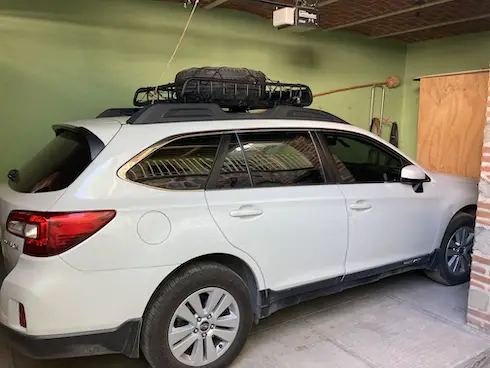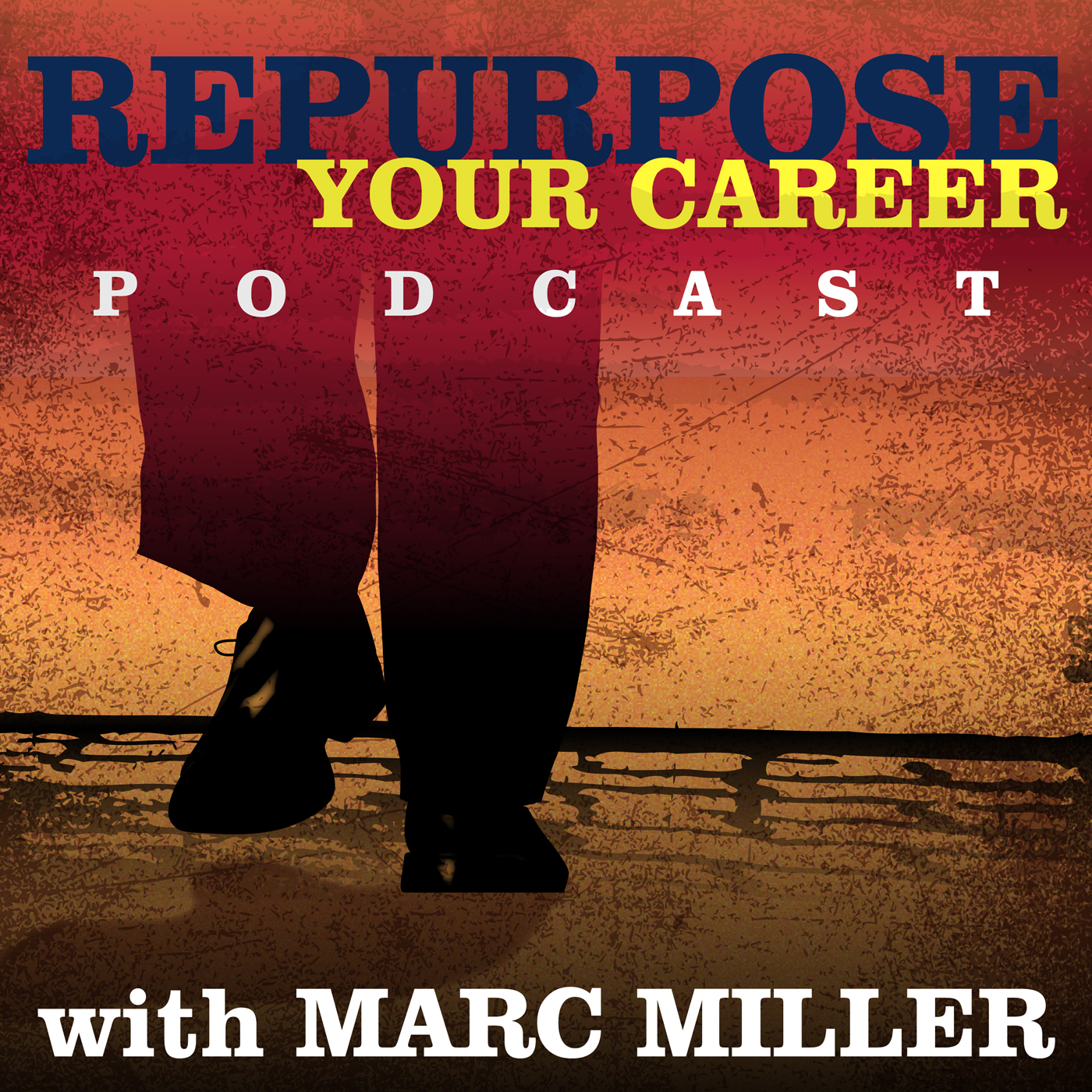Strategies to Safely Drive Across Mexico
 Having just driven from Austin to Ajijic Mexico I want to tell you about Strategies to Safely Drive Across Mexico. I have chosen to do this because I have been repeatedly asked about safety in Mexico, and more specifically, the safety of driving across Mexico.
Having just driven from Austin to Ajijic Mexico I want to tell you about Strategies to Safely Drive Across Mexico. I have chosen to do this because I have been repeatedly asked about safety in Mexico, and more specifically, the safety of driving across Mexico.
I will break this down into what I do to prepare the car, then planning the route which we have used several times, and lastly the strategies we use on the road.
Preparing the Car
My wife and I own a 2015 Subaru Outback which is mostly driven for our trips back and forth to Austin. I have it serviced by the Subaru dealer in Austin on every trip to the US. That means I get it serviced a lot more frequently than recommended.
I had the battery die on the first trip down and I replaced it with a battery I purchased at AutoZone in Ajijic. I later replaced it again 2 years later while I was back in Austin. Other than the battery the car has performed flawlessly.
The one thing you cannot plan for is flat tires. I have not had a flat tire on my car but I have had many flats on my bicycle using the same roads. As the car is all-wheel drive, it is not recommended you drive long distances using the small spare. I replaced all of the tires at about 45K miles, long before new tires were recommended, and had the best tire mounted on a new rim. That tire is now mounted on the roof in a Yakima rack as a spare
I also have an electric pump, jumper cables, and a Durlast jump starter. I am prepared if I ever have a battery die or get a flat tire.
This is important because Mexico is a vast and beautiful country where you may be miles from anything.
Planning the Route
The trip from Ajijic to Austin is about 950 miles and we have done this in 2 and 3 days. Do not attempt to do this one day because you never drive at night. There are 2 reasons you do not drive at night:
- Livestock on the road. Even on the expensive toll roads, you will see livestock grazing on the median or on the sides of the road. You do not want to hit a cow or horse in the middle of the night.
- Topes or speed bumps. The Mexicans love their “topes”. Some are small but others are quite large. Sometimes there are signs that warn you that there are “topes” 150 meters away while others will tell you that the “tope” is RIGHT HERE. You do not want to hit one of these at speed.
Take your time and enjoy the drive.
Border Crossing
Next is to pick your border crossing. The Customs and Border Protection Agency has an excellent website that will give you current and historical wait times entering the US. The wait times can be hours if you cross at the busiest time of day. This is only for entering the US from Mexico.
We have now made six round trips from Ajijic and Austin. On the first three trips, we went through Laredo/Nuevo Laredo. There are many bridges to choose from and there is a large and efficient immigration office in Nuevo Laredo. We stopped crossing in Laredo as the highway between Nuevo Laredo and Monterrey has become too dangerous during the pandemic. Check out the US embassy security alert to learn more.
We have crossed on the last two trips at Eagle Pass/Piedras Negras, which is now our preferred crossing point going both ways.
Current Route
Our route now to Austin is:
- Ajijic to Matehuala where we stay at the Las Palmas Midway Inn. The hotel is extremely popular with expats, particularly those traveling with pets.
- Matehuala to Monclova which gets us within 2-3 hours of the border at Piedras Negras. Monclova is the steel capital of Mexico.
- Monclova to the border crossing in Piedras Negras. This allows us to cross the border before noon.
- We cross into Eagle Pass Texas and drive on to Austin.
The return route is:
- Austin to Eagle Pass Texas where we stay the night.
- We cross early in the morning right after sunrise and drive to Matehuala. Remember what I said about not driving at night.
- Drive from Matehuala to Ajijic.
Days of the Week to Drive
We stay on toll roads and federal highways. The toll roads are by far the best but they are not always available.
These roads are built for truck traffic. The volume of truck traffic going from Central Mexico to the border and back is mind-boggling. The trucks do not exceed the speed limit unless their load is empty. Many trucks are pulling 2 trailers so they are pretty loaded down. In fact, passing through many of the mountains passes the trucks are going up pretty slowly.
We like driving with truck traffic and have been told that is the safest time to travel. We always drive Monday – Thursday and crossing the border on Tuesday or Wednesday.
The biggest safety risk is the border areas primarily around Nuevo Laredo. Our goal is always to cross the border as early in the day as possible and minimize the amount of time we spend in the border areas.
Strategies for Driving
Since the beginning of the pandemic, we only stop for gas, which we do every 2-3 hours. We bring all of the food we need for the day with us.
When we stop I buy between 300-400 Mexican Pesos worth of gas. This is one of the strategies for not getting scammed at the pump. You can learn more about this in the video from Two Expats in Mexico 5 Gas Station Scams to Watch Out for in Mexico.
We have 3 groups of money in the car.
- Toll money – Tolls will be about 1000 Mexican Pesos, each way, which is about 50 US dollars. We bring enough Mexican pesos to go both ways. We always pay in cash but toll tags are now available.
- Money for gas – I have envelopes with 320 or 420 pesos. Money to pay for the gas and 20 pesos to tip the pump attendant. I tip aggressively in that this pandemic has been difficult for many Mexicans. They have not received any stimulus money.
- Money for bathrooms – Many public bathrooms cost 5 Mexican pesos or about 25 US cents. Often there is an attendant who will offer you toilet paper. We also bring toilet paper with us.
You may notice that we never mention using a credit or debit card. I ONLY use my debit card at major stores like Costco or at restaurants that I am a regular customer. I never use my credit card.
Take Your Time
You will notice that we do not plan on driving much more than 6 or 7 hours in Mexico. There are so many things that can delay you and remember about not driving at night. We have been delayed by the following:
- Road construction – This is no different than anyplace else in the world.
- Security checkpoints – We have been delayed by truck security checkpoints. On some of the major roads, there are 30-40 trucks for every car. If you hit these checkpoints at the wrong time you can be delayed for 1-2 hours.
- Odd occurrences – One time a power dropped over a major portion of the toll road and we sat for 2 hours waiting for the power company to fix the situation.
- Other checkpoints – We have been delayed by immigration and vegetable inspection checkpoints.
This is Mexico, you need to be patient and to expect the unexpected.
Lastly, I do not exceed the speed limit in general. Though I encountered very few police on the roads compared to the US and even fewer with radar guns, I do not exceed the speed limit. I like to get behind a truck that is going near the speed limit usually, 100 kph or 62 mph, and follow.
Take your time and you will find this is an enjoyable trip!
If you are interested in following our journey as expats check out the previous blog posts and podcast episodes here.
Marc MillerLike What Your Read? Get Career Pivot Insights
Do You Need Help With ...

Check out our Help Center where you have access to 14 different content portals.


